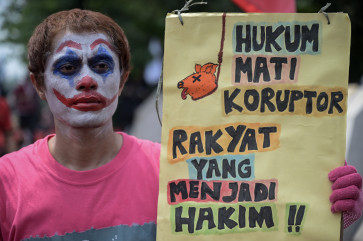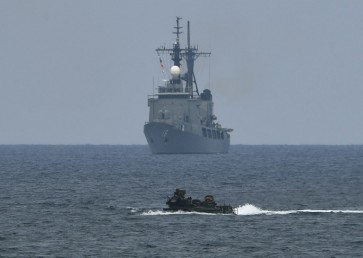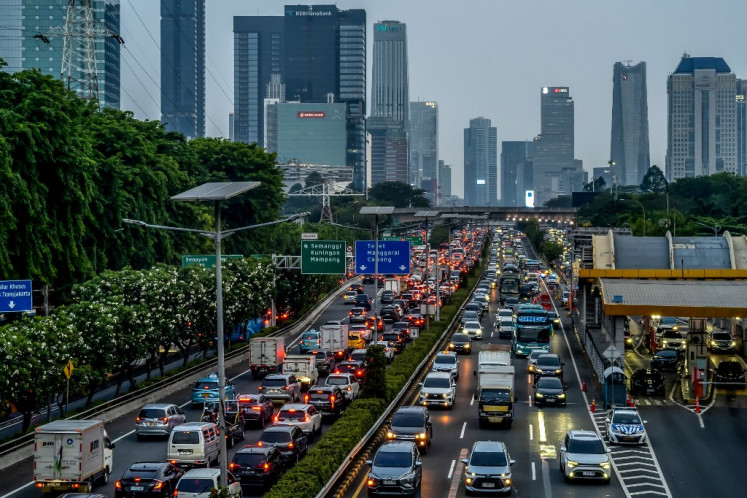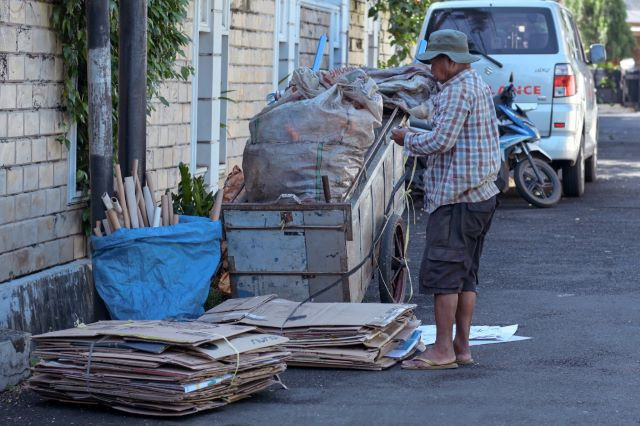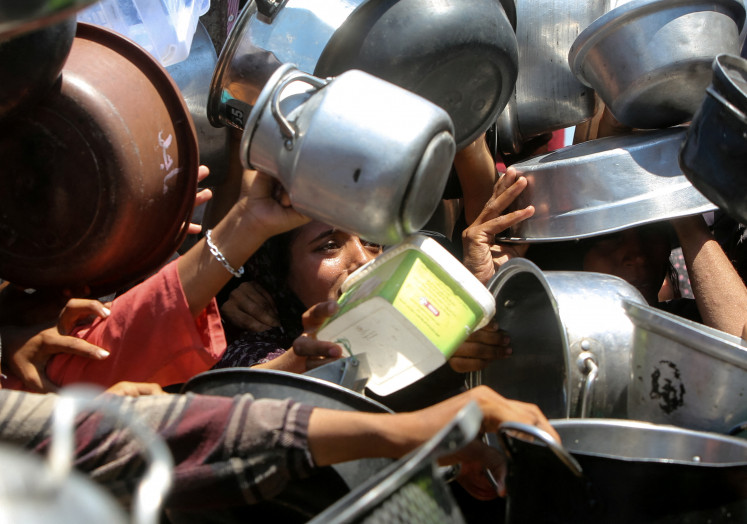Popular Reads
Top Results
Can't find what you're looking for?
View all search resultsPopular Reads
Top Results
Can't find what you're looking for?
View all search resultsPassengers unaware of Kopaja integration
A week after hundreds air-conditioned Kopaja (Kopaja AC) buses were converted into Transjakarta feeder buses, passenger confusion surrounding the recent integration continues
Change text size
Gift Premium Articles
to Anyone
A
week after hundreds air-conditioned Kopaja (Kopaja AC) buses were converted into Transjakarta feeder buses, passenger confusion surrounding the recent integration continues.
PT Transportasi Jakarta (Transjakarta) president director ANS Kosasih has said that, with the integration, Transjakarta passengers were not required to pay an additional fee for feeder buses, including Kopaja AC. However, passengers still hesitate to board the converted Kopaja AC, many complaining that they have not seen adequate information with regard to the integration.
Dozens of passengers were lined up in a Transjakarta's shelter in Dukuh Atas, Central Jakarta, waiting for bus to Ragunan in South Jakarta on Monday. After ten minutes, a Kopaja AC, converted into a Transjakarta feeder bus, stopped in front of them but no one seemed willing to board.
'I would rather wait than pay extra money for the feeder bus,' said William Hardi, a Transjakarta passenger, checking his watch as he spoke to The Jakarta Post. William eventually took the Kopaja AC after the bus conductor explained to him that he did not have to pay again.
Dani Lugano, a Transjakarta passenger waiting at Ragunan shelter, complained that there had been a lack of information on the new system from Transjakarta and Kopaja AC operators.
'There should be a big poster or a shelter officer informing us that we will not be asked to pay again when we take the feeder bus,' he said.
In December, to mark the integration of the two public transportation systems, PT Transjakarta launched the operation of 320 Kopaja AC buses.
Unlike previous Kopaja buses that charged passengers a separate fare of Rp 6,000 (44 US cents) for catching the bus from a Transjakarta bus stop, feeder bus passengers will only be charged the normal Rp 3,500 Transjakarta fare.
During the launch, Kosasih said that the additional buses had become Transjakarta feeders, linking more areas to Transjakarta bus stops. Initially, feeder busses will work the route connecting Ragunan with the National Monument (Monas) and Dukuh Atas in Central Jakarta.
However, in Ragunan, Kopaja buses relaunched as Transjakarta feeders served a similar route with the Transjakarta bus.
Ellen Tangkudung, Transportation expert from the University of Indonesia, said that by serving a similar route to the Transjakarta bus, it would have been better to label these former Kopaja buses as support buses instead of feeder buses.
'Feeder transportation should be able to carry passengers from one area to the main transportation. This is not a feeder, Transjakarta and the Jakarta Transportation Agency should think of better route for the feeder,' she said.
On Monday, Kosasih said that his company had proposed to operate the feeder buses along other crowded routes currently used by Metro Mini and Kopaja buses.
Kosasih said that the company would also prioritize routes to Kali Adem port in North Jakarta and low-cost apartment areas.
He said that the routes for current feeder buses were jointly determined by the Transportation Agency, the Jakarta Transportation Council (DTKJ) and the Organization of Land Transportation Owners (Organda).
He added that the company had also changed the infrastructure of the shelters to accommodate the buses, so they could be integrated into the Transjakarta system.
Kosasih cited the example of Dukuh Atas and Latuharhari bus shelters in Central Jakarta, both are ready to take passengers from the left doors of the feeder bus from the non-busway lane.
'We will also speed up procurement of the buses,' he said.


